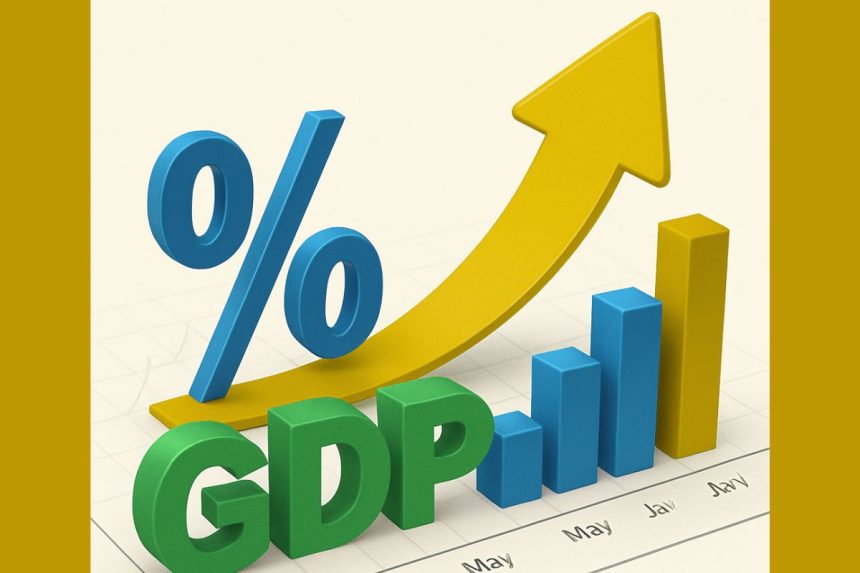The Q1 GDP estimates for financial year 2026 have been declared. Coming a day after the onset of penal tariffs by the US, they seem too good to be believed. The GDP year on year growth in constant prices has been recorded at 7.8% and GVA growth at 7.6%. This is a full percentage point above the market expectations.
While Q1 figures generally tend to undergo revisions, yet these are uplifting, in otherwise gloomy times. A cursory reading suggests that the figures are largely buoyant because of high government capital spending, and high service sector performance.
The export growth at 6.3% is much below expectations and even private consumption spending is not encouraging, at 0.2% below the level last year. Even then the figures for private consumption and capital formation are still good as they have been resilient in face of poor sentiments and predictions.
The figures suggest poor primary sector growth including agriculture, mining, and core sector involving energy. Coal and oil production has been sluggish. The manufacturing sector has surprisingly done better than last year and the services in particular have done remarkably well.
There are cautions sounded on the deflators being too low, though. Experts say the figures don’t add up to the trend for high frequency numbers. The FMCG companies are complaining of poor sales, Pvt vehicles and commercial vehicles sales are also down. With energy consumption also declining, the figures are definitely surprising.
Apart from the technicalities, some things should be factored in. We have had a good rabi season, and the summer was moderate due to Lanina effects. The cheap Russian oil fueled exports. Government in the face of multiple elections has been spending heavily, it has already consumed 30% of its yearly target.
These may not continue. Cheap oil may not be available, and the impact of tariffs would set in. Government cannot afford such spending consistently. Experts are still not revising their annual forecasts, upward yet. The government needs to take economy seriously.
Read More: Black money was always welcome, thanks for acknowledging it









